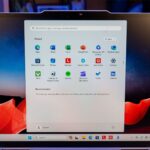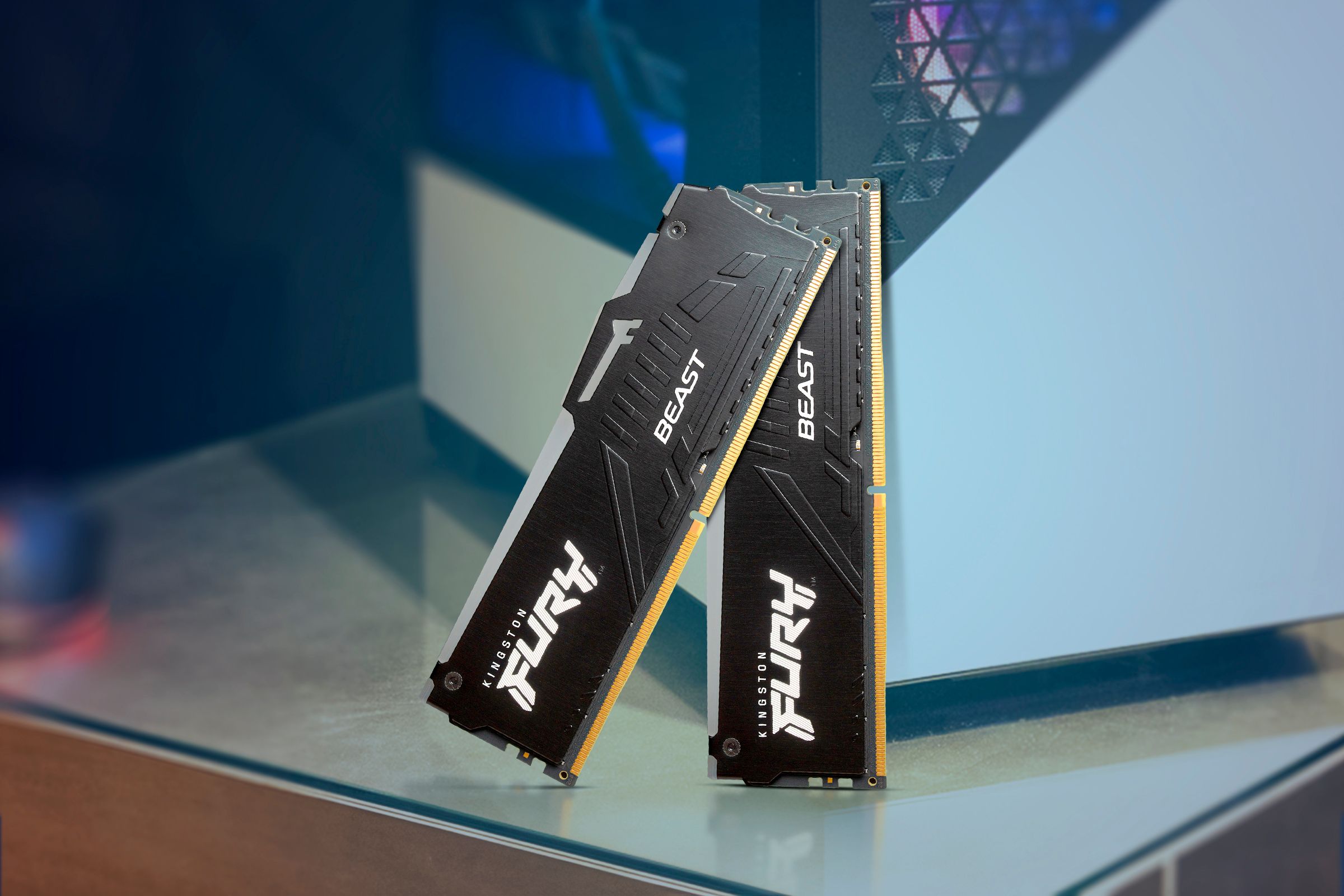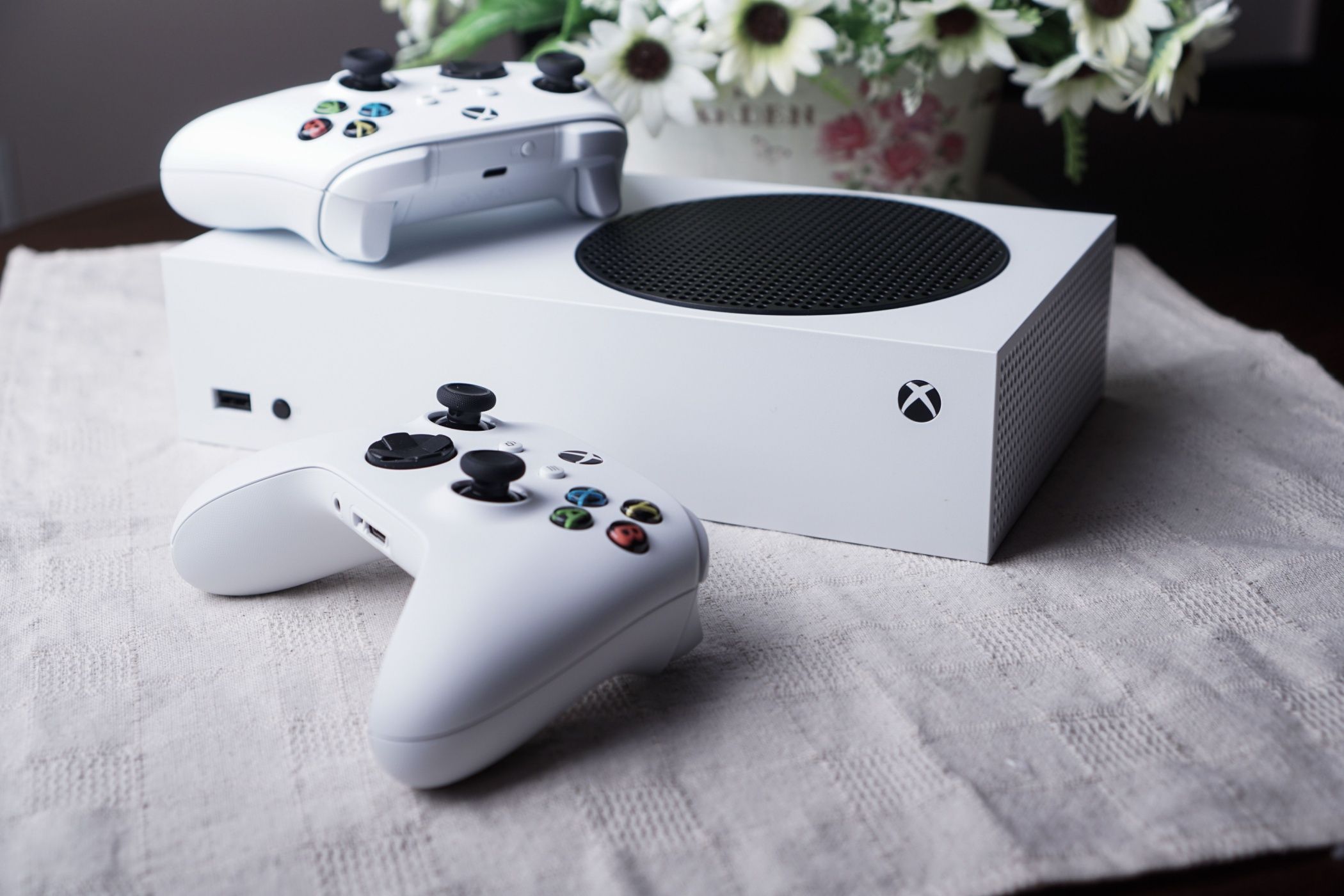Why I’m Swapping My Pixel Phone for the Galaxy S25
Android
Quick Links
-
Stock Android Is a Myth
-
The Pixel Range Is Fragmented
-
One UI Is Packed With Great Features
-
Despite Reservations, the Hardware Is a Big Upgrade
The last Samsung phone I owned was the Galaxy S3 more than a decade ago. Ever since, I’ve been fully invested in what we often think of as “stock Android.” But with the launch of the Galaxy S25, I’m ready to give up my Pixel and switch back.
Stock Android Is a Myth
The main reasons why I’m attracted to the Galaxy S25 can be grouped into two parts. One is that it looks like a great phone, despite what the initial reactions suggested; the other is that I’m ready to move on from stock Android and the Pixel range.
Stock Android no longer exists. When I first made the leap to Google devices, it was to the Nexus phones. These offered a fast, lean version of Android that you could make your own just by installing only the apps you needed. That idea still appeals to me, but it’s no longer a thing.
Pixel phones are Google’s vision of what Android should be, and they’re just as bloated as other devices in their own way. If you’re fully invested in Google’s apps and services, then it probably suits you. But I’m not.
Obviously, Samsung is even more notorious when it comes to bloat. But if there’s no choice but to accept phone software that’s rammed with stuff I don’t necessarily want, I’m ready to embrace Samsung’s maximalist approach and get a few fun or unique features along the way. There’s very little you can do on a Pixel that you can’t also do on a Galaxy, but there’s a lot in One UI that you don’t get in Google’s phones.
The Pixel Range Is Fragmented
The other thing that has soured me on my Pixel experience has been discovering just how fragmented the ecosystem really is.
The annual Android updates are pretty dull these days, so it’s largely down to the manufacturers to create new features for their devices. The Pixel range gets a feature drop every three months, yet less and less of it is relevant to my Pixel 7. I’m left to pore over the small print to find out what I’m getting.
Hardware limitations are part of the problem at times—that’s something that even Apple can’t avoid. But just as often, it simply feels like Google is focusing on its newer devices and neglecting the older ones.
Samsung is better in this regard. It brings its One UI software to all the devices that are capable of running it. Sure, there may occasionally be features that require specific hardware and, therefore, can’t work on certain models. But for the most part, if you own a Samsung phone, you’ll get a software update with new features every year.
One UI Is Packed With Great Features
Onto the Galaxy S25 specifically, and it looks like a big upgrade in both software and hardware. The software is very different from what Google is doing, and One UI 7, especially, is an exciting update.
I’m looking forward to the refreshed interface, greater control over things like the battery, and the range of customization options: lock screen widgets, edge panels, customizable keys, the powerful Good Lock app, and so on. Even being able to have a home screen without an ever-present Google Search widget represents a leap forward for a Pixel user.
It also has a better camera app. The Pixel takes great photos, but the app is built strictly for point-and-shoot use, and I’ve always found it limiting. The Galaxy app offers more manual control, lots of presets, and the ability to easily tweak the colors and look of your images.
There are advanced things like DeX, or the cloning apps feature, that make it easy to set up multiple accounts within certain messaging apps. And though I’m not overly interested in AI on my phone, even the Google stuff in the S25 looks to be better than what I’m getting in the Pixel 7.
More controversial are Samsung’s apps, many of which double up on Google’s apps but which some people think are better.
One UI is a big part of the attraction of the S25 for me. While many still complain that it’s bloated and has too many options, I’m happy to uninstall, disable, or just simply ignore anything I don’t need, just as I currently have to do on my Pixel.
Despite Reservations, the Hardware Is a Big Upgrade
The initial reaction to the Galaxy S25 was decidedly lukewarm. It mostly focused on how little the phone’s hardware has improved over the last few generations. And that’s fair enough. If I owned a recent Samsung flagship or even one of the Xiaomi or Oppo phones that are available to me here in the UK, I’d have no interest in the Galaxy S25.
But as a Pixel 7 owner, it’s a different story. Pixel phones have never been overly competitive on specs, so switching to the S25 represents a massive upgrade.
The Snapdragon 8 Elite processor is miles ahead of Google’s Tensor G2 for a start. Not just for performance, but hopefully, it’ll be more efficient for heat and battery consumption, too. There’s a better screen, louder speakers, and a more reliable fingerprint scanner. It’s even a little smaller, which suits me.
And the camera. Admittedly, the fixed-focus ultra-wide-angle lens is a slight downgrade, and I am aware of complaints about shutter lag. But the 3x telephoto lens and numerous video improvements are the kinds of features that are worth upgrading for.
The Galaxy S25 wasn’t received as the most exciting or groundbreaking phone of the year. But for someone who’s growing a bit bored with a Pixel device that’s only a little over two years old, it has got a lot to offer. It’s time to make my return to Samsung.



















